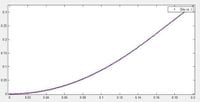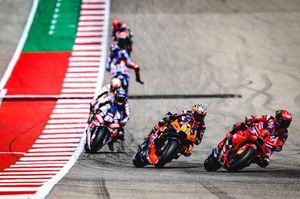A recent study conducted at Henan Normal University has unveiled critical insights into how the knee flexion-extension strength ratio affects lower limb stiffness during jumping maneuvers, particularly across various movement speeds. The findings, which could significantly enhance athletic performance and reduce injury risks, underscore the intricate relationship between biomechanics and muscle physiology.
The investigation involved fifty-five healthy male college students, aged between 18 and 21, who were tested using a Biodex isokinetic strength tester. Participants performed strength assessments at slow (60°/s), moderate (150°/s), and fast (240°/s) speeds, allowing researchers to establish a clear correlation between muscle strength ratios and lower limb stiffness.
The knee flexion-extension muscle strength ratio reflects the balance between the quadriceps and hamstrings, a factor that varies significantly based on the speed of movement. As part of the study, researchers employed advanced methodologies involving high-speed cameras and Kistler three-dimensional force platforms to record key mechanical parameters related to vertical jumping.
The results revealed that lower limb vertical stiffness significantly increases with higher knee flexion-extension strength ratios during both the push-off and landing phases of a jump. Across different speeds, the study found statistically significant differences in stiffness ratings, with value adjustments clearly demonstrating the impact of knee muscle strength on athletic performance.
"Cross-sectional study outcomes revealed a significant positive correlation between the knee flexor-extensor force ratio and the vertical stiffness of the lower limb, especially in rapid movement modes," noted the authors of the article. This correlation is pivotal for athletes looking to enhance their jumping capability and athletic performance during dynamic movements.
Furthermore, the study's findings emphasize the importance of maintaining an appropriate knee flexion-extension muscle strength ratio, as it plays a crucial role in the quality of movement execution and injury prevention. An optimal strength ratio helps stabilize the knee joint, particularly during rapid direction changes or high-impact landings, thereby protecting surrounding tissues.
The research was ethically approved prior to commencement by the Ethical Review Committee of Henan Normal University, ensuring that all participants provided informed consent and that the study complied with ethical action codes.
During the vertical jump assessments, it was determined that changes in vertical displacement of the center of mass (COM) influenced the overall lower limb stiffness, as shifts in the movement mechanics necessary in different speed conditions highlighted the adaptation of muscle responses critical for athletic performance.
Statistical analysis revealed P-values indicating significant differences across the assessed groups, further confirming the relevance of the knee flexion-extension strength ratio in evaluating lower extremity performance — a crucial finding for strength training in athletes. As the study notes, increases in the knee flexion-extension strength ratio lead to enhanced vertical stomp performance, suggesting that effective training programs should prioritize strength ratios to optimize lower limb stiffness.
Given these findings, the authors recommend incorporating high-speed exercise training, particularly at 240°/s, into athletic training regimens to bolster knee flexion-extension strength ratios, thereby enhancing performance while simultaneously reducing injury risks. For rehabilitation settings, adjusting the flexion-extension muscle strength ratios gradually while considering patient-specific conditions could further support recovery outcomes.
The study advocates for personalized training programs through regular assessments of knee flexion-extension muscle force ratios and lower extremity stiffness, suggesting this as pivotal for ensuring effective training adaptation.
In conclusion, the research provides not only valuable data regarding the dynamic relationship between knee strength ratios, movement velocity, and lower limb stiffness but also sets the stage for future inquiries into the biomechanical mechanics that influence athletic performance. Future research should endeavor to broaden sample diversity and velocity patterns, which would enhance comprehension of this complex interaction, ultimately contributing to improved training strategies in sports and rehabilitation methodologies.




